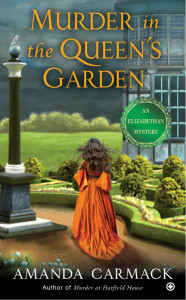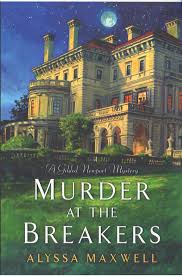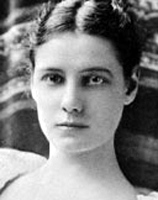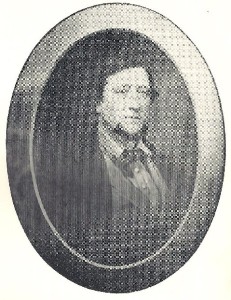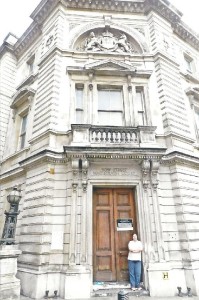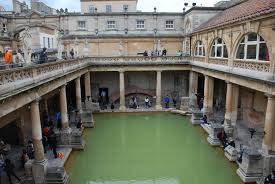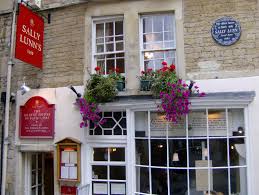It’s been a…challenging week around here, with ice, snow, and illness all around! so I thought I would re-post something I wrote a few years ago on the release of my Christmas-set Elizabethan book, The Winter Queen (still available in ebook!). I had so much fun research about all the great parties they had around the 12 Days of Christmas, thought you might enjoy a glimpse at it, too!
And yesterday I visited The Pink Heart Society blog, talking about my newest boyfriend–Tom Mison as Ichabod Crane! I list all the reasons everyone else should love him, too. And you can comment for a chance to win a copy of Running From Scandal…
One thing I learned as I researched my book The Winter Queen is that the Elizabethans really, really knew how to party at the holidays! The Christmas season (Christmastide) ran 12 days, from December 24 (Christmas Eve) to January 6 (Twelfth Day), and each day was filled with feasting, gift-giving (it was a huge status thing at Court to see what gift the Queen gave you, and to seek favor by what you gave her), pageants, masquerades, dancing, a St. Stephen’s Day fox-hunt, and lots of general silliness. (One of the games was called Snapdragon, and involved a bow of raisins covered in brandy and set alight. The players had to snatch the raisins from the flames and eat them without being burned. I think the brandy was heavily imbibed before this games as well, and I can guarantee this won’t be something we’re trying at my house this year!)
Later in Queen Elizabeth’s reign, she mostly kept Christmas at Greenwich, or sometimes at Hampton Court or Nonsuch Palace, but in the year my story is set, 1564, she spent the holiday at Whitehall in London. Elizabeth had only been queen for 6 years and was 31 years old, so hers was a young Court full of high spirits. This was also the coldest winter in memory, so cold the Thames froze through and there was a Frost Fair complete with skating, food and merchandise booths on the ice, and sledding. It was fun to imagine this scene, and put my characters (Lady Rosamund Ramsey, lady-in-waiting to the Queen, and Anton Gustavson, Swedish diplomat and excellent ice-skater) into the action!
 Even though there were no Christmas trees or stockings hung by the fire, I was surprised to find we would recognize many of the traditional decorations of the time! Anything that was still green in December would be used–holly, ivy, yew, bay. The Yule log was lit on Christmas Eve using a bit of last year’s log saved for the purpose. It was brought in by the men of the household, decorated with wreaths and ribbons, and set ablaze so everyone could gather around and tell tales of Christmases past.
Even though there were no Christmas trees or stockings hung by the fire, I was surprised to find we would recognize many of the traditional decorations of the time! Anything that was still green in December would be used–holly, ivy, yew, bay. The Yule log was lit on Christmas Eve using a bit of last year’s log saved for the purpose. It was brought in by the men of the household, decorated with wreaths and ribbons, and set ablaze so everyone could gather around and tell tales of Christmases past.
Food was also just as big a part of the holiday as it is now! Roast meats were favorites (pork, beef, chicken, fricaseed, cooked in broths, roasted, baked into pies), along with stewed vegetables and fine whit manchet bread with fresh butter and cheese. Elizabeth was a light eater, especially compared with her father, but she was a great lover of sweets. These could include candied flowers, hard candies in syrup (called suckets, eaten with special sucket spoons), Portugese figs, Spanish oranges, tarts, gingerbread, and figgy pudding. The feast often ended with a spectacular piece of sugar art called (incongrously) subtleties. In 1564, this was a recreation of Whitehall itself in candy, complete with a sugar Thames. (At least they could work off the feasting in skating and sledding…)
 A couple fun reads on Christmas in this period are Maria Hubert’s Christmas in Shakespeare’s England and Hugh Douglas’s A Right Royal Christmas, as well as Alison Sim’s Food and Feast in Tudor England and Liza Picard’s Elizabeth’s London. At my website I have lots more info on the period, as well as some Renaissance Christmas recipes (let me know if you decide to try the roast peacock!)
A couple fun reads on Christmas in this period are Maria Hubert’s Christmas in Shakespeare’s England and Hugh Douglas’s A Right Royal Christmas, as well as Alison Sim’s Food and Feast in Tudor England and Liza Picard’s Elizabeth’s London. At my website I have lots more info on the period, as well as some Renaissance Christmas recipes (let me know if you decide to try the roast peacock!)


